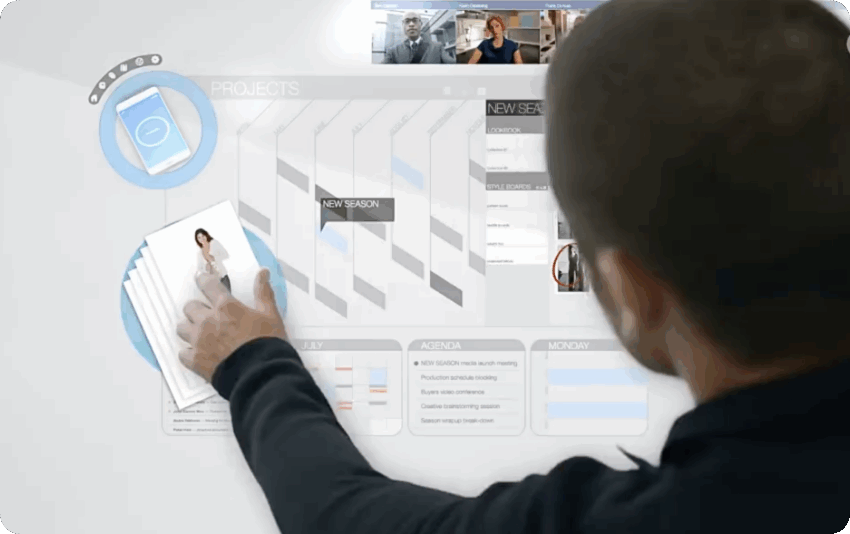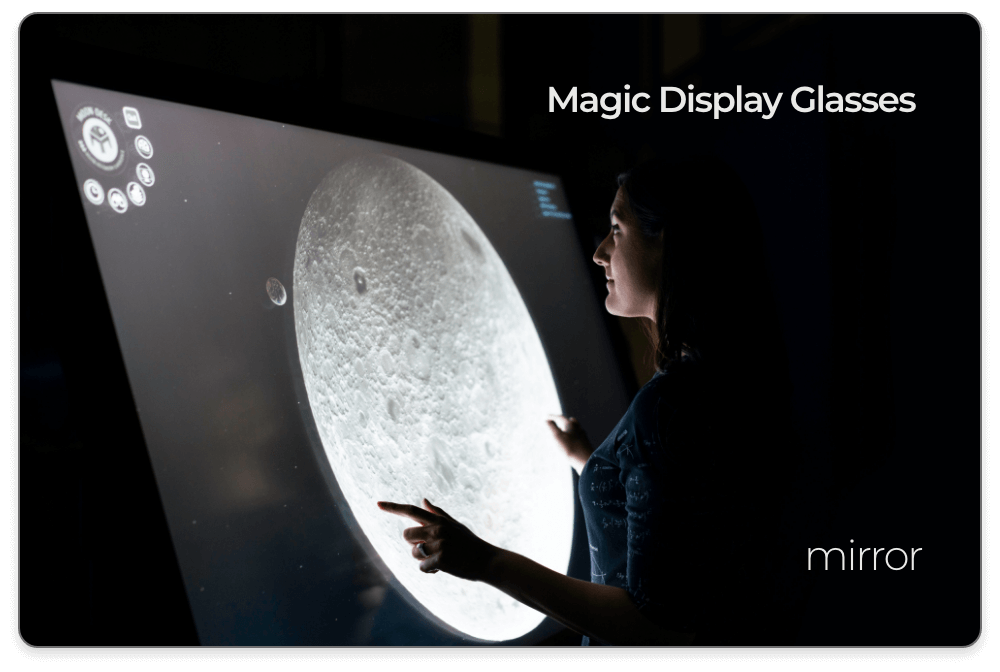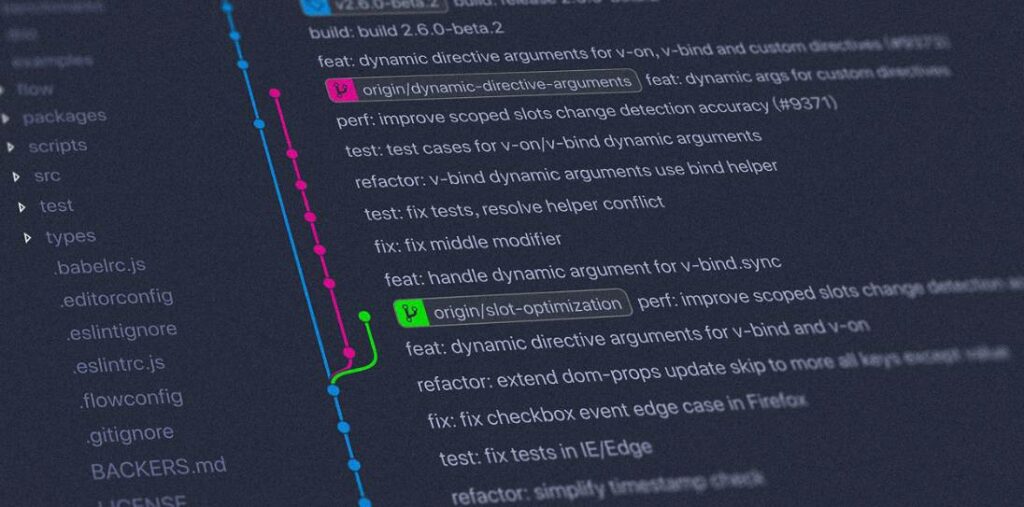Artificial Intelligence (AI) is revolutionizing various industries by enabling organizations to make data-driven decisions, enhance customer experiences, and optimize operational efficiencies. With advancements in machine learning, especially in technologies such as multimodal transformers and BERT (Bidirectional Encoder Representations from Transformers) embeddings, businesses are redefining their approach toward innovation and competition. This article explores how AI is transforming businesses, focusing on multimodal transformers and BERT embeddings, along with practical applications and industry insights.
.
## The Significance of AI in Business Transformation
AI technologies have permeated every sector, providing sophisticated tools that allow companies to analyze large amounts of data and extract valuable insights. From predictive analytics and personalized marketing to natural language processing and computer vision, AI is at the heart of many initiatives aimed at digital transformation.
Firms that incorporate AI are achieving not only operational excellence but also improved customer engagement. According to McKinsey, organizations that adopt AI strategies effectively can expect to increase their cash flow by 125% by 2030. With the proliferation of data, the ability to harness AI tools has become more critical for organizations looking to maintain a competitive edge.
.
## Understanding Multimodal Transformers
Multimodal transformers represent a significant advancement in the field of AI, allowing systems to process and analyze multiple types of data simultaneously—like text, images, and audio. Traditional AI models often focus on a single modality, which can limit their effectiveness in real-world applications.
Multimodal transformers break this barrier by employing attention mechanisms that allow the model to weigh and understand relationships and dependencies between various data types. This capability is particularly advantageous in tasks such as image captioning, video analysis, and interactive AI applications where context shifts based on multiple inputs.
For instance, the CLIP (Contrastive Language-Image Pretraining) model developed by OpenAI integrates textual descriptions with visual data, enabling it to perform tasks like zero-shot classification and retrieval tasks. The implications for businesses include enhanced product search functionalities in e-commerce platforms and personalized advertising campaigns.
.
### Key Applications of Multimodal Transformers
– **Content Creation**: Companies can autonomously generate content that seamlessly combines visuals and text, reducing the burden on creative teams while speeding up marketing campaigns.
– **Interactive Chatbots**: Multimodal transformers can provide real-time responses not only based on text inputs but also based on images or even voice commands, delivering a superior customer support experience.
– **Healthcare Assistive Systems**: Multimodal models can assist in diagnosing medical conditions by analyzing both patient reports and medical imaging, ensuring a more comprehensive examination process.
– **Education**: In the realm of eLearning, such transformers can provide interactive learning experiences, bridging textual explanations with relevant visual aids and quizzes.
.
## The Role of BERT Embeddings
BERT embeddings have emerged as a pivotal advancement in natural language processing (NLP) thanks to their capacity to understand context and semantics more effectively than previous models. By utilizing deep bidirectional training, BERT can consider both the left and right context of a word, leading to improved accuracy in tasks like sentiment analysis, question-answering, and language translation.
The adaptability of BERT embeddings allows businesses to develop robust applications, from automating customer inquiries to enhancing content discovery on digital platforms. Instead of one-dimensional representations of words, BERT creates vector embeddings that capture intricate relationships and meanings.
.
### Business Applications of BERT Embeddings
– **Automated Customer Service**: Businesses use BERT for building chatbots that can solve customer problems with high accuracy and understanding of context, leading to reduced service response times.
– **Content Recommendation**: By enabling more relevant recommendations based on user behavior and preferences, BERT enhances user experiences on platforms like e-commerce and streaming services.
– **Sentiment Analysis**: Businesses can leverage BERT to analyze customer feedback efficiently, pinpointing sentiments and trends that drive their strategic decisions.
– **SEO and Content Optimization**: Marketers can use BERT embeddings to optimize website content by understanding search intent better, thus improving their chances of ranking higher in search results.
.
## Integration of Multimodal Transformers and BERT in Business Strategy
The convergence of multimodal transformers and BERT embeddings is an exciting frontier for businesses. By leveraging both technologies, organizations can build sophisticated AI systems capable of handling various types of data with enhanced accuracy and contextual understanding.
1. **Cross-Functional Data Insights**: Organizations can use multimodal AI systems to analyze data from marketing campaigns, sales interactions, and customer feedback. This offers a holistic view of business performance, driving informed decision-making.
2. **Enhanced Product Development**: By integrating customer sentiment analysis (using BERT) and user engagement metrics (via multimodal transformers), businesses can refine their product offerings based on real-time feedback.
3. **Personalized Marketing Campaigns**: Using user-generated data from multiple sources—social media, customer queries, and purchasing behavior—companies can deliver hyper-targeted marketing messages that resonate with individual preferences.
.
## Key Challenges and Solutions
Despite the promising applications of multimodal transformers and BERT embeddings, businesses face challenges in effectively implementing these technologies:
### Data Privacy and Security
Businesses must ensure that they handle customer data responsibly. Compliance with regulations such as GDPR is paramount. Solutions include employing robust data encryption methods and adhering to principle-based data usage frameworks.
### Need for Expertise
Implementing sophisticated AI systems demands specialized knowledge that is often scarce. Organizations can address this gap by investing in training programs or partnering with AI companies to ensure a skilled workforce.
### Operational Integration
Artificial intelligence cannot function in isolation. Organizations must focus on integrating AI capabilities into their existing workflows through proper change management practices, thus ensuring seamless operations.
.
## Future Trends in AI Business Transformation
The trends in AI technologies are dynamic, continuously evolving to meet business needs. Here are a few predictions:
1. **Augmented Decision Making**: AI will increasingly empower decision-makers with actionable insights derived from multimodal inputs, allowing for quicker and more informed choices.
2. **AI-Driven Innovation**: Companies will lean more towards developing AI-driven products and services, pushing the boundaries of what’s possible—be it in healthtech, edtech, or enterprise solutions.
3. **Ethical AI**: As AI becomes more integral to business operations, ethical frameworks will guide its implementation, ensuring transparency, fairness, and accountability.
4. **Real-Time Personalization**: Future applications of multimodal transformers will lead to unprecedented levels of personalization in marketing, with AI adapting to user behavior in real time across multiple channels.
.
## Conclusion
AI, particularly through the lens of multimodal transformers and BERT embeddings, is not merely changing businesses but is catalyzing a complete transformation of how companies operate and engage with consumers. By harnessing these technologies, organizations can anticipate customer needs, make data-driven decisions, and ultimately achieve a competitive edge in multifaceted marketplaces. As the landscape continues to evolve, staying abreast of these trends is imperative for businesses to thrive.
In conclusion, the era of AI-driven business transformation is upon us, and organizations must be proactive in adopting these innovative technologies to secure their future in an increasingly data-driven world.
### Sources:
1. McKinsey & Company. (2021). *The State of AI in 2021 – McKinsey & Company*.
2. OpenAI. (2021). *CLIP: Connecting Text and Images – OpenAI*.
3. Devlin, J., Chang, M.-W., Lee, K., & Toutanova, K. (2019). *BERT: Pre-training of Deep Bidirectional Transformers for Language Understanding*.
4. Gartner. (2022). *Predicts 2022: Artificial Intelligence*.
5. IDC. (2021). *Data-Centric AI: The Future of Artificial Intelligence*.
This synthesis of technology and business strategic insight illustrates how organizations can leverage AI for broader social and commercial benefits, positioning them for success in the digital future.




























